We continue our retrospective of Richard Stanley’s career with the film that seriously derailed it, the big budget disaster “The Island of Dr. Moreau”.

In the early 90s, Richard Stanley made waves in the genre film community. By the middle of the decade, he would be forced off his own set and forced into obscurity.
Hardware (1990) and Dust Devil (1992) proved that Stanley was a young, hungry director who could shape complex ideas into visually rich narratives. These projects and their successes provided him with freedom to choose a more ambitious idea that would increase his use of special effects and his reliance on a larger budget. It proved to be his downfall.
Like Dust Devil, Stanley chooses to embrace a story that is linked intimately to his past, The Island of Dr. Moreau. In Lost Soul: The Doomed Journey of Richard Stanley’s Island of Dr. Moreau (2014), Stanley details his multiple connections to the book. Most importantly, he points to the linkage between The Island of Dr. Moreau (1896) and Heart of Darkness (1899) and that the books’ antagonists have striking similarities to his great grandfather Sir Henry Morton Stanley.
Stanley, with his historical connections to the work and his unique creativity, begins work on a script and conceptual images of what a Moreau film could become. It’s though sheer force of will and dogged initiative that Stanley finds financial backing for the project.
What was an idea and a set of conceptual images would become a major motion picture.
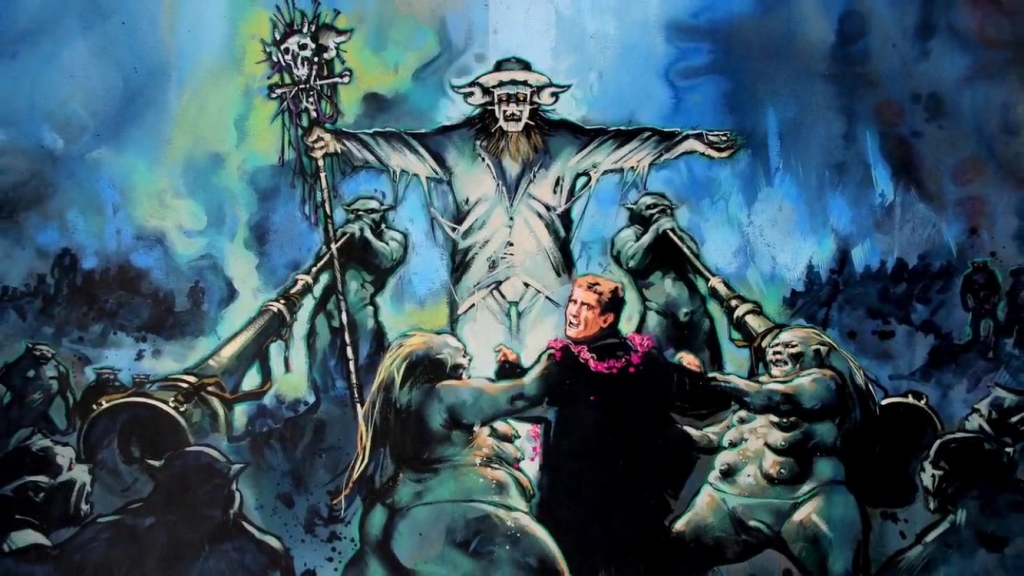
And that, of course, is where the good news regarding Moreau ends and Stanley’s journey into a 26-year absence from feature filmmaking begins.
Including The Island of Doctor Moreau in a series dedicated to revisiting Richard Stanley’s feature films is a questionable venture. In the end, the finished film is not Stanley’s product. In credit and vision, Moreau is John Frankenheimer’s movie. Moreau, however, is a significant moment in Stanley’s life and career. It would be impossible to overlook the film.
At a time in history where accomplishing a director’s vision is so significant that it can rally grassroots movements like #releasethesnydercut, this article is an opportunity to critique Moreau for what it is and for what it could have been under Stanley’s direction.
Make no mistake. The Island of Dr. Moreau is a terrible film.

It’s not so-bad-its-good, even if other critics have tried to make that case. The product is a mess of undeveloped storylines and superficial characters painted over in monster make-up. And it’s a shame. The sheer talent of the actors, the effects artists, and a director like Frankenheimer signals that there is a chance of something worth salvaging. Regardless of all this evidence, there’s very little value to be found.
Moreau is a story of a shipwrecked castaway who is rescued from the ocean and brought to an isolated island. He learns that he is staying at a famed geneticist’s compound. Eventually, he discovers about the inhuman experiments happening in the laboratories and the animalistic society the doctor has created. Trapped, alone, and scared, the castaway must find a way off the island alive.
Despite numerous flaws, Moreau has at least one highlight, creature design and makeup.
Practical effects seem to be a soft spot for many horror fans, and Moreau capitalizes on some truly wonderful creature creation.
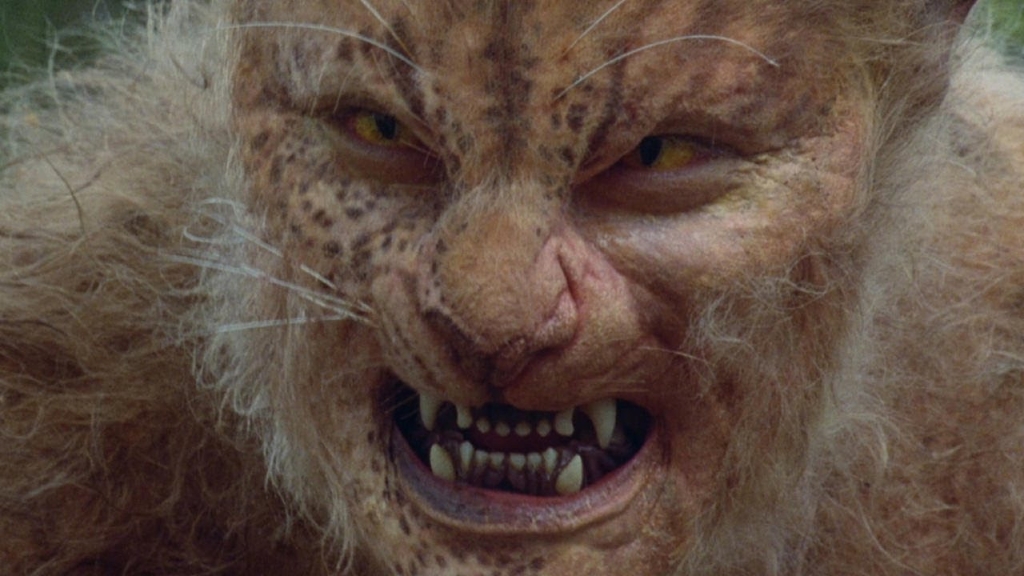
 Hyena-Swine and Lo-Mai, as well as the many background mutants, are a testament to character creation. There’s no forgetting the birth of the mutant baby or the Sayer of the Law. It’s, perhaps, the only redeemable portion of the film.
Hyena-Swine and Lo-Mai, as well as the many background mutants, are a testament to character creation. There’s no forgetting the birth of the mutant baby or the Sayer of the Law. It’s, perhaps, the only redeemable portion of the film.
There are issues in every aspect of Moreau. However, this series has payed particular attention to Richard Stanley’s visual artistry.
Hardware and Dust Devil feel related in their cinematography. It’s clear that when Stanley has a vision, he can bring that image to life for his audience. Moreau lacks Stanley’s ability to see the screen as a canvas. Its shots are haphazard and rushed and it’s no surprise given the pressure put on Frankenheimer to produce a finished product.
Perhaps the most interesting portion of the film is knowing that Richard Stanley is disguised as one of the mutants, always in the background, watching his movie being made.
While we will never know what a Richard Stanley Moreau could have been, we do have small glimpses into the unmade movie.
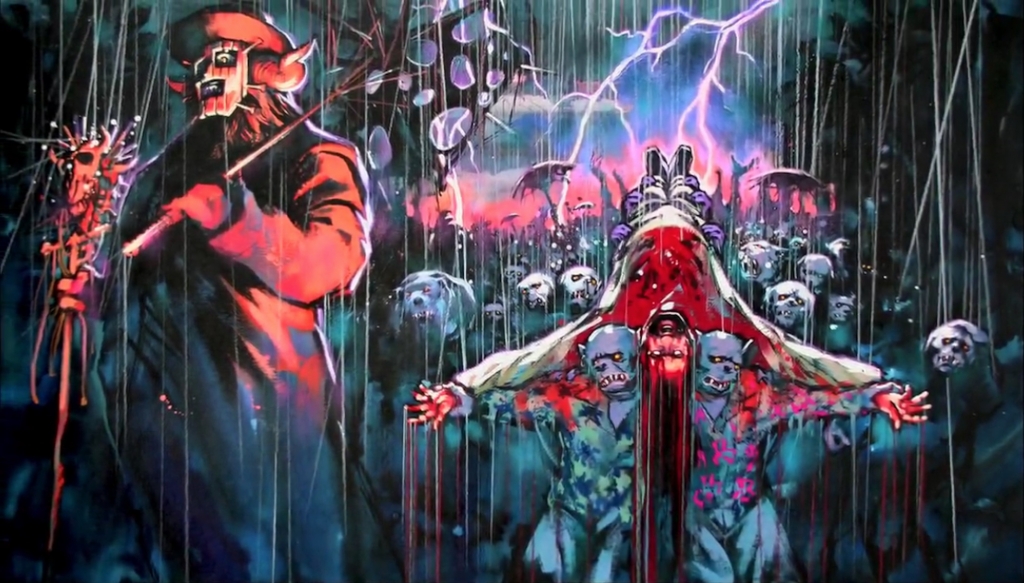
Stanley’s concept art survives and the images are beyond striking. For Stanley, Moreau is a Timothy Leary-type character, the island is something far more modern, and the colors are resplendent and psychedelic. It’s pure Richard Stanley. In a limited number of stills, we see more depth, thought, and care than any one portion of Moreau. But images can only go so far.
There is no changing the ramifications of The Island of Dr. Moreau. It ends Stanley’s feature film career for over two decades. It loses far more money that its worth for New Line Cinema and still stands as one of the worst films ever made. It does, however, provide viewers with Lost Soul: The Doomed Journey of Richard Stanley’s Island of Dr. Moreau.
The documentary is a far more entertaining to watch than the actual film, and it gives insight into Marlon Brando’s madness and Val Kilmer’s bullying. Most importantly, it provides an intimate glimpse at Richard Stanley. For Stanley fans, it’s a must watch.
If there is one recommendation from this article, it is to watch LOST SOUL over MOREAU. And, if you choose to punish yourself by actually watching Moreau, don’t have high expectations that you will find a hidden gem.
This series has covered cyberpunk, dystopian futures, myth, and, even, elements of post-apartheid government.
As with all things Richard Stanley, his long-awaited return to feature filmmaking is an intensely personal journey that will dive deeper into the weird and shake the foundations of horror cinema. Stanley’s redemption story is a complicated one, but it is worth telling.
In the final installment of Revisiting Richard Stanley, Color Out of Space (2019).


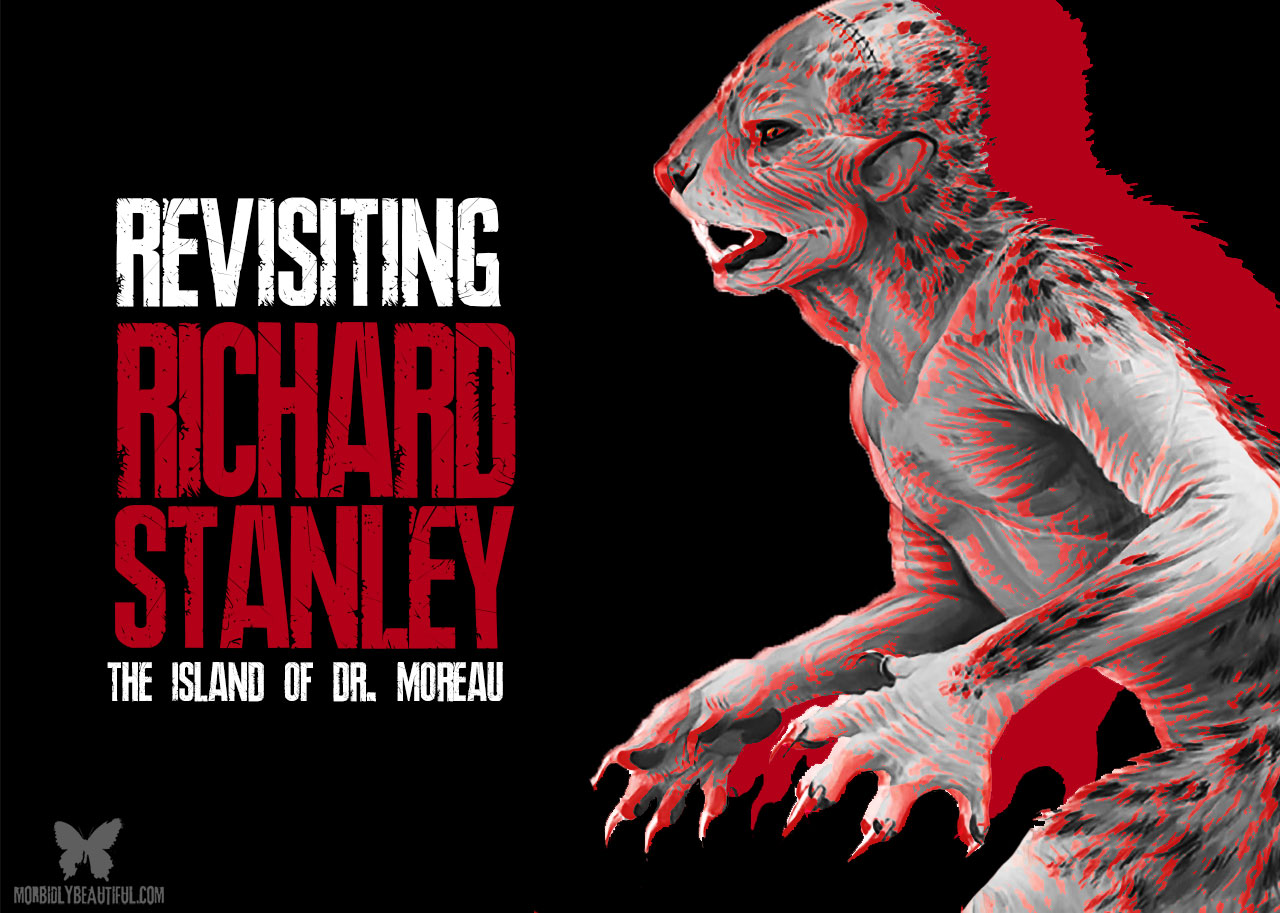

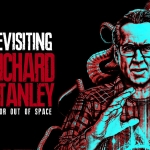

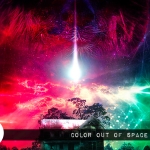







Follow Us!